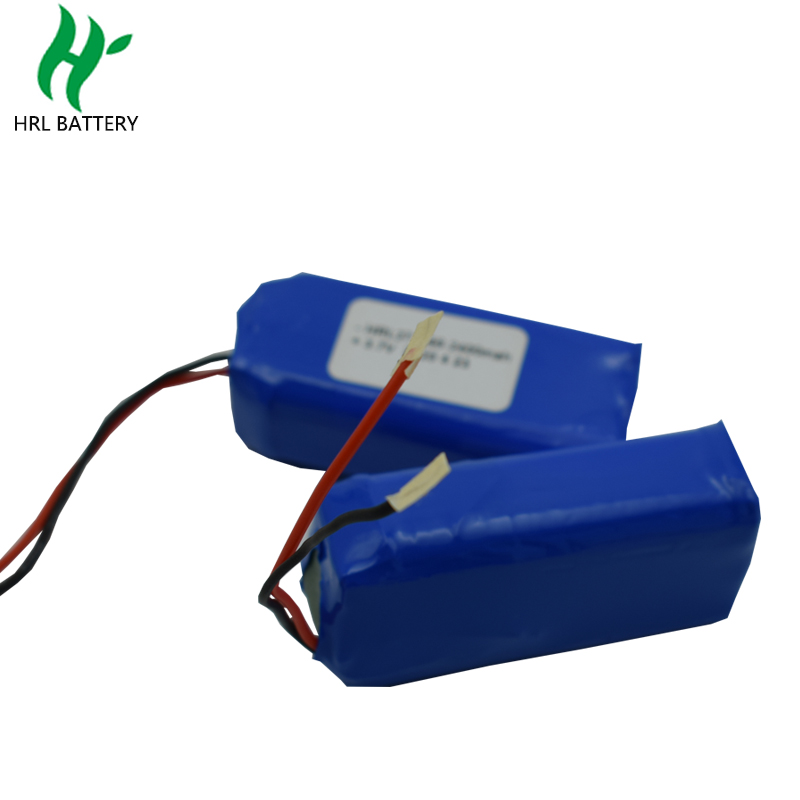The pioneer work of lithium batteries began in 1912 by GN Lewis, but it was not until the early 1970s that the first batch of non-rechargeable lithium batteries began to be commercialized. Lithium is the lightest of all metals, has the largest electrochemical potential, and provides the largest weight energy density.
Due to safety issues, attempts to develop rechargeable lithium batteries failed. Because of the inherent instability of lithium metal, especially during the charging process, research has turned to non-metallic lithium batteries that use lithium ions. Although the energy density is slightly lower than that of lithium metal, lithium ion is safe as long as certain precautions are met during charging and discharging. In 1991, Sony commercialized the first lithium-ion battery. Other producers followed suit.
The energy density of lithium ions is usually twice the energy density of standard nickel-cadmium. There is a potential for higher energy density. The load characteristics are quite good, and the discharge performance is similar to that of nickel-cadmium. The high battery voltage of 3.6 volts allows for battery pack planning using only one battery. Most mobile phones today operate on a single unit. The nickel-based battery pack requires three 1.2-volt batteries connected in series.
Lithium-ion battery maintenance costs are low, which is an advantage that most other chemical methods cannot claim. Without memory, there is no need for timing cycles to extend battery life. In addition, compared with nickel-cadmium, the self-discharge is less than half, which makes lithium-ion very suitable for modern fuel gauge applications. Lithium-ion batteries can hardly cause harm when they are disposed of.
Although lithium-ion batteries have overall advantages, they also have their disadvantages. It is fragile and requires maintenance circuits to maintain safe operation. The maintenance circuit built into each battery pack can restrain the peak voltage of each battery during charging and prevent the battery voltage from dropping too low during discharge. In addition, the battery temperature is monitored to avoid overheating. The maximum charge and discharge current of most battery packs is tied between 1C and 2C. After taking these precautions, the possibility of metal lithium plating due to overcharging is actually eliminated.
Most lithium-ion batteries are worried about aging, and many manufacturers remain silent on this issue. Regardless of whether the battery is used or not, the capacity will drop significantly after one year. Batteries usually fail after two or three years. It should be noted that other chemicals also have age-related degeneration effects. This is especially true for nickel hydride metal if exposed to high ambient temperatures. At the same time, lithium-ion battery packs have been used in some applications for five years.
Manufacturers are constantly improving lithium ion. New and enhanced chemical combinations are introduced every six months or so. With such rapid progress, it is difficult to evaluate the aging degree of the revised battery.
Storage in the shade will slow down the aging process of lithium ions (and other chemicals). The manufacturer’s recommended storage temperature is 15°C (59°F). In addition, the battery should be partially charged during the deposit process. The producer recommends to charge 40% of the fee.
In terms of cost-to-energy ratio, the most economical lithium-ion battery is a cylindrical 18650 (dimensions of 18mm x 65.2mm). This unit is used for mobile accounting and other applications that do not require ultra-thin geometry. If slender packaging is required, prismatic lithium-ion batteries are the best choice. The energy storage cost of these batteries is higher.
advantage
High energy density-greater potential.
The new time does not need to start for a long time. Just charge it regularly.
Relatively low self-discharge-self-discharge is less than half of nickel-based batteries.
Low maintenance costs-no regular discharge; no memories.
Special batteries can supply high currents for applications such as power tools.
limitation
The circuit needs to be maintained to keep the voltage and current within a safe range.
Even if it is not used, it will age-a 40% charge storage in a cool place will reduce the aging effect.
Shipment constraints-shipments of larger quantities may be subject to regulatory control. This restraint does not apply to batteries that are carried by individuals.
The production is expensive-the cost is about 40% higher than that of nickel cadmium.
Not thoroughly experienced-metals and chemicals are constantly changing.
Post time: Mar-18-2021





